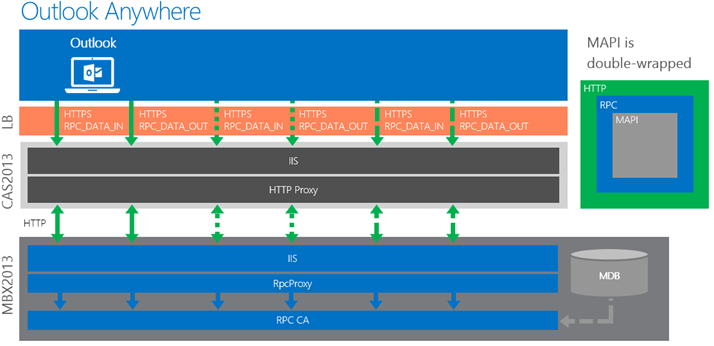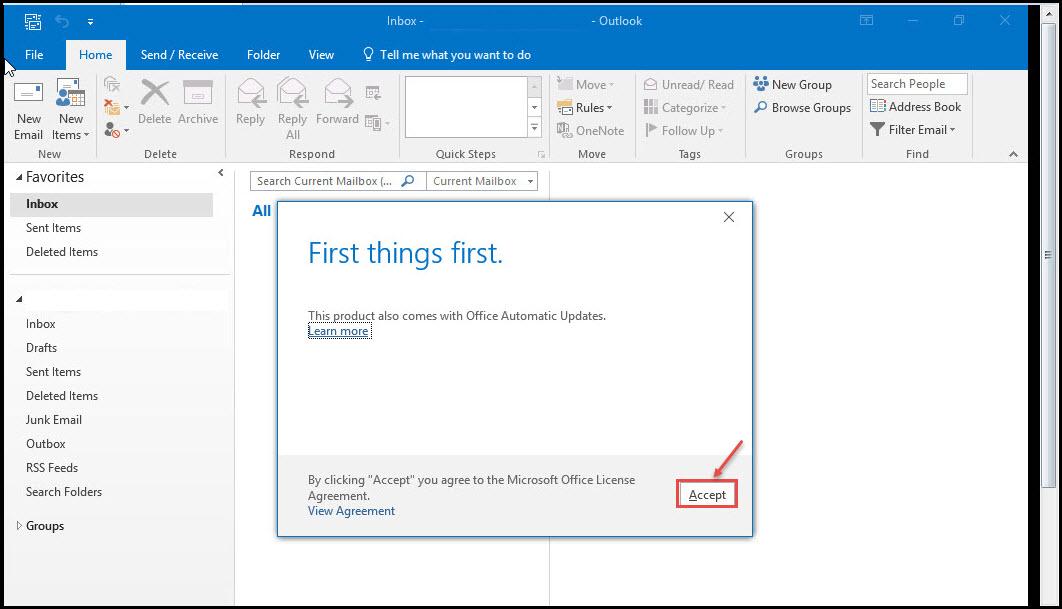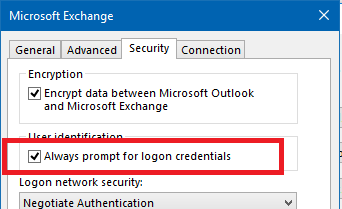

- OFFICE 365 OUTLOOK ANYWHERE MANUAL
- OFFICE 365 OUTLOOK ANYWHERE PASSWORD
At the Start the batch page, choose among two options to either automatically start the migration or manually start the migration later. Provide a name to the migration batch on the move configuration page. 
 Check and verify that migration endpoint is listed and selected at the Confirm the migration endpoint page. Browse the CSV file from its location. At the Select a migration type page, click Staged migration and then click Next. Follow Recipients>Migration>New (+)>Migrate to Exchange Online. Choose New + on the Migration endpoints page. Create Migration Endpoint using Outlook Anywhere.
Check and verify that migration endpoint is listed and selected at the Confirm the migration endpoint page. Browse the CSV file from its location. At the Select a migration type page, click Staged migration and then click Next. Follow Recipients>Migration>New (+)>Migrate to Exchange Online. Choose New + on the Migration endpoints page. Create Migration Endpoint using Outlook Anywhere. OFFICE 365 OUTLOOK ANYWHERE PASSWORD
Create a CSV file and fill the details of on-premises Exchange using the following parameters Įmail Address, Password, Force Change Password. Use either Microsoft Azure Active Directory Synchronization Tool or the Microsoft Azure Active Directory Sync Services (AAD Sync) to synchronize the users. Create Office 365 users with the help of directory synchronization. Let’s go through the staged migration procedure briefly. It follows a similar working procedure of cutover migration, but it takes the assistance of a CSV file to include the number of mailboxes to migrate. Staged Migration is a suitable migration option for the on-premises Exchange Server 20. After the migration, the status will change to ‘ Synced.’ The status of the migration batch will convert to the ‘ Syncing’ and migration will start. To create a new migration batch, click New. At the Start the batch page, you can select among two options like ‘ Automatically start the batch’ and ‘ Manually start the batch later.’ Choose your choice as per your convenience. At the Move Configuration page, provide a name to the migration batch and click Next. Select the migration type as Cutover migration. In EAC, follow Recipients>Migration>New (+)>Migrate to Exchange Online. Provide a name and click New to create a new migration Endpoint. After connecting with Office 365, the endpoint will show the connection strings.  Input On-Premises Exchange Server Administrator credentials. Choose Outlook Anywhere at Select Migration endpoint type page. Click New+ on the Migration endpoints page. In Exchange admin center (EAC), follow Recipient>Migration>More(. Create migration endpoint using Outlook Anywhere. TXT record of the DNS provider is used to verify the domain ownership. By connecting with your DNS hosting provider, verify that you own the domain name. You should have licenses for all the user mailboxes migrated to Office 365.Īfter fulfilling all these conditions, you can start the migration process. In Office 365, you should own the domain name, which is used as the primary domain name in on-premises Exchange. The method is available for the Exchange Server 2003 and later versions. You can migrate up to 2000 mailboxes using cutover migration, but it is suggested to go for only 150 mailboxes in a migration batch. But there are some conditions related to the method which you should take care in advance. Using this migration methodology, you can migrate all the mailboxes to Office 365 at once in a few days. Cutover migrationĪ cutover migration is a direct migration of source Exchange mailboxes to the destination email system of Office 365. In this discussion, we will go through different migration methods and see which method you should choose for your business environment to conduct a safe migration.
Input On-Premises Exchange Server Administrator credentials. Choose Outlook Anywhere at Select Migration endpoint type page. Click New+ on the Migration endpoints page. In Exchange admin center (EAC), follow Recipient>Migration>More(. Create migration endpoint using Outlook Anywhere. TXT record of the DNS provider is used to verify the domain ownership. By connecting with your DNS hosting provider, verify that you own the domain name. You should have licenses for all the user mailboxes migrated to Office 365.Īfter fulfilling all these conditions, you can start the migration process. In Office 365, you should own the domain name, which is used as the primary domain name in on-premises Exchange. The method is available for the Exchange Server 2003 and later versions. You can migrate up to 2000 mailboxes using cutover migration, but it is suggested to go for only 150 mailboxes in a migration batch. But there are some conditions related to the method which you should take care in advance. Using this migration methodology, you can migrate all the mailboxes to Office 365 at once in a few days. Cutover migrationĪ cutover migration is a direct migration of source Exchange mailboxes to the destination email system of Office 365. In this discussion, we will go through different migration methods and see which method you should choose for your business environment to conduct a safe migration. OFFICE 365 OUTLOOK ANYWHERE MANUAL
Microsoft provides different manual techniques for on-premises Exchange to Office 365 and each technique allows to conduct migration from different versions of on-premises Exchange and several mailboxes. It is not surprising that users will like to migrate Exchange to Office 365 and enjoy cloud services at economical prices. The Exchange Online is available universally and does not require a dedicated hardware infrastructure like an on-premises Exchange server. All the mailboxes along with their features, Active Directory assistance, information, and other metadata completely. Business and Enterprises versions of Office 365 provide a special service for Exchange Online.








 0 kommentar(er)
0 kommentar(er)
